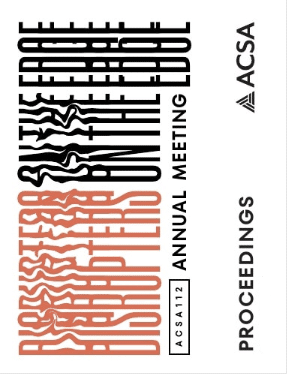Author(s): Debbie Chen
The road to decarbonization is a web of woven pathways – while the building sector works hard to reduce embodied and operational carbon, governments and utilities should pivot cities away from fossil fuels and incentivize renewable energy infrastructure. On this latter point, architectural design could play an important role on how renewable energy is adapted to the everyday life of its users. Beyond energy models and smart envelopes, design has an under-appreciated influence on how cultural value is perceived or produced through any given built infrastructure or utility. Furthermore, constructing a larger cultural framework around renewable energy systems helps to accelerate and substantiate the green transition. In questioning how architecture participates in this cultural rethinking, this paper focuses on Iceland integration of geothermal energy into everyday cultural practices and how architectural effects work in tandem to produce this cultural-infrastructural bind. Iceland’s survival through anthropogenic change is both age-old and ever-present. Volcanic eruptions and high rates of soil erosion provide scarce arable land, yet geothermal and hydroelectric power sustain the country with 85% renewable energy. Simultaneously bountiful and limited in resources, Iceland’s integration of geothermal energy into multiple cultural spheres is a harbinger for a built environment practicing climate adaptation and survival. The research, conducted in Summer 2023, involves the documentation of geothermal sites (active geothermal fields, energy generation facilities, greenhouses, heritage sites, food vendors, etc.) and the analysis of material, formal, haptic, and tectonic qualities attached to these systems. As an ongoing project, Geothermal Cultures will continue to focus on how renewable energy systems, cultural practices, and architectural form work together to encourage public support towards renewable infrastructure.
https://doi.org/10.35483/ACSA.AM.112.32
Volume Editors
Germane Barnes & Blair Satterfield
ISBN
978-1-944214-45-6

 Study Architecture
Study Architecture  ProPEL
ProPEL 
